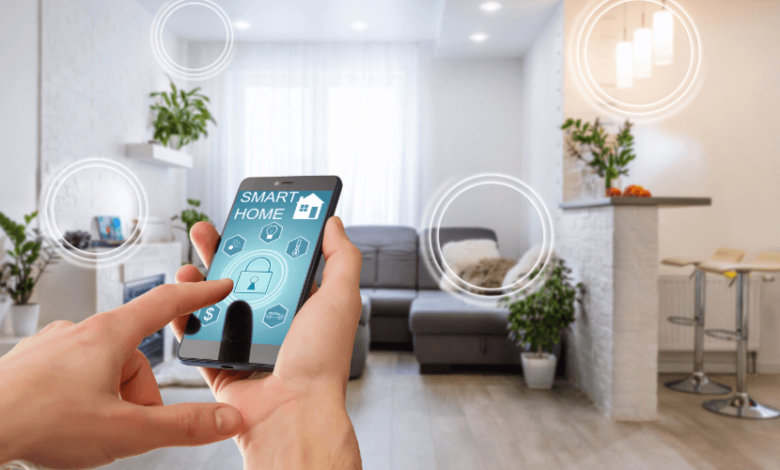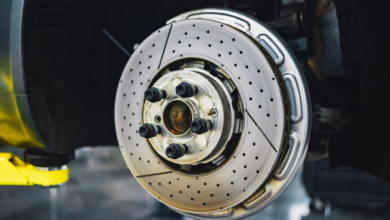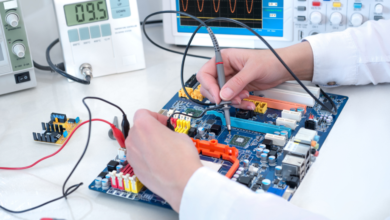Devices That Support At-Home Living

As the global population ages and healthcare systems evolve, there has been a significant shift towards at-home care. Individuals with chronic conditions or mobility limitations, as well as seniors who prefer to age in place, are increasingly looking for solutions to maintain their independence and quality of life while living at home. This is where a range of specialised devices and products plays a vital role in enabling autonomy and ensuring safety within the home environment. Let’s explore some of these essential aids that support at-home living.
Mobility Aids: Enhancing Movement and Accessibility
Mobility limitations can greatly affect one’s ability to perform daily activities, often leading to a reliance on others. However, with the right mobility health equipment, individuals can regain much of their independence. Items such as walkers, crutches, and wheelchairs provide support for safer mobility, reducing the risk of falls and enabling users to navigate their living spaces more effectively.
Adaptive furniture, such as lift chairs and adjustable beds, also play a key role in at-home living. These pieces of equipment make it easier for individuals to sit and rise without assistance, promoting autonomy in managing daily routines like sleeping and resting. Moreover, installing grab bars and ramps can transform a home into an accessible space, further supporting independent living.
Healthcare Devices: Monitoring and Managing Conditions
For those managing chronic health conditions such as diabetes, constant monitoring and care are essential. The advent of innovative diabetes products has enabled patients to take control of their condition from the comfort of their home. These include glucose meters, continuous glucose monitoring systems, and insulin pumps. Such devices not only offer precise readings but also help in administering proper doses of medication, facilitating effective condition management and reducing the need for frequent hospital visits.
Beyond diabetes management, there are numerous healthcare devices designed for home use that help monitor blood pressure, heart rate, and other vital signs. The data provided by these devices can be essential in early detection of potential health issues and for keeping healthcare providers informed.
See also: Exploring the Power of Oase Pressure Filters for Modern Ponds
Fitness and Rehabilitation Equipment: Sustaining Well-being
Physical activity is crucial for maintaining strength, flexibility, and overall well-being; it’s especially important for those who may not be able to get out as easily. Home-based exercise equipment can range from simple resistance bands and free weights to more complex treadmills and stationary cycling machines. Such equipment enables individuals to engage in a regular exercise routine that can help with movement, prevent muscle wastage, and contribute to cardiovascular health.
In addition to general fitness, specialised rehabilitation equipment can aid in recovery post-injury or surgery. Items like pedal exercisers, balance trainers, and therapeutic putty are designed to help regain dexterity and strength, often playing a critical role in a person’s ability to stay independent at home.
Environmental Control Systems: Commanding the Living Space
Technological advancements have significantly increased the functionality of home living environments. Environmental control systems can give users the power to operate appliances, electronic devices, and security systems through voice commands or easy-to-use interfaces, minimising the need for physical mobility and exertion.
Smart home technologies, including automated lighting and thermostats, also enhance at-home living by offering customizable and accessible settings that suit individual needs without requiring constant manual adjustments or assistance.
Telehealth: Bridging the Healthcare Gap
Telehealth has become a cornerstone of at-home care, especially in rural regions or for individuals with transportation challenges. Virtual consultations enable real-time communication with healthcare providers, and remote monitoring systems can alert medical professionals to changes in a patient’s condition that may require intervention.
This interaction not only ensures that those at home have access to professional advice when needed but also provides a sense of security, knowing that help is readily available. Moreover, telehealth services often include educational resources to empower individuals to care for themselves effectively.
Personal Emergency Response Systems: Safety at the Touch of a Button
One of the critical concerns for those living at home, especially when alone, is the ability to call for help in an emergency. Personal emergency response systems (PERS) provide a solution, typically in the form of a wearable device with an emergency button. When activated, the system alerts a monitoring service or directly dials emergency services, ensuring a prompt response when time matters most.
GPS technology has further enhanced these devices by facilitating accurate location tracking in case of falls or other incidents that occur outside the home. This modernisation has afforded users greater freedom to move around with assurance.
Nutrition and Meal Preparation: Aiding Self-Sufficiency
Proper nutrition is another important aspect of maintaining health while living at home. Adaptive cooking utensils, easy-to-open packaging, and meal delivery services support individuals in maintaining a balanced diet. Electric can openers, ergonomic cutlery, and specially designed kitchen tools can make meal preparation safer and more manageable for those with limited mobility or dexterity issues.
Furthermore, organising one’s kitchen with accessibility in mind—such as by using pull-down shelves and easy-grip knobs—can enhance the ability to cook independently.
Conclusion
The integration of various devices that support at-home living is transforming the way individuals manage their independence and quality of life. With advancements in healthcare technologies and home adaptations, it’s increasingly possible for people to remain in their familiar surroundings while ensuring their needs are effectively met. Whether it’s through mobility health equipment, diabetes products, or exercise equipment, the benefits of these devices are providing a new lease on life for many, facilitating a comfortable and secure at-home experience.




